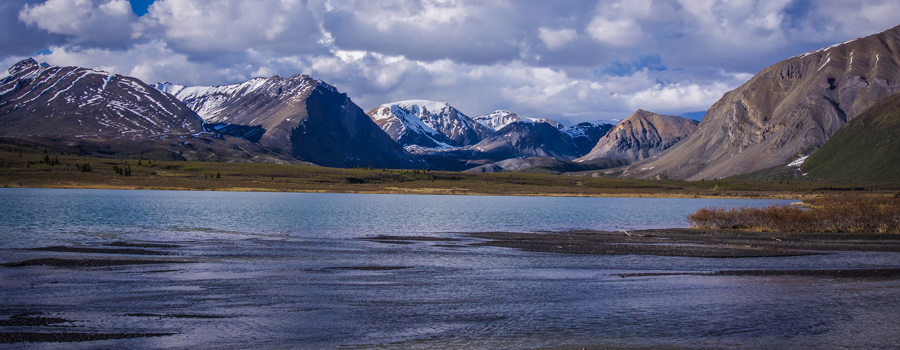
Níonep’eneʔ Tué (Grizzly Bear Lake)
© Craig Kerr
Climate
Nááts'įhch'oh National Park Reserve
Northerly latitudes and high elevations make Nááts’įhch’oh National Park Reserve a place with a cool and variable climate. Most of the park sits within the subarctic climate zone that extends across the mainland Northwest Territories, featuring cold winters and short, warm summers. Temperatures recorded in the park can vary by over 75°C between the hottest and coldest days of the year! Some of the highest plateaus and ridges toward the northern boundary of the park have a tundra climate, with maximum temperatures remaining at or below 10°C in summer.
Climate models project that alpine and northern regions will experience some of the greatest temperature increases with climate change, while precipitation patterns in some areas may become more erratic and unpredictable. Warmer conditions favour species that can tolerate higher temperatures, allowing them to move into habitats that are farther north and at higher elevations. But animals and plants that cannot adapt quickly enough face a reduction in suitable habitat.
Parks Canada is monitoring long-term changes in ecosystems at the treeline, where species range shifts are expected to occur, as well as tracking water temperatures in the park’s rivers and streams. A remote weather station at Nááts’įhch’oh Tué (Moose Ponds) gathers comprehensive, real-time weather data, documenting how conditions fluctuate in that area over time. Lake ice cameras also keep a record of ice extent and the period during which lakes are frozen each year.
To learn more about anticipating and preparing for conditions in the park during your visit, check out the Trip Planners page.
- Date modified :